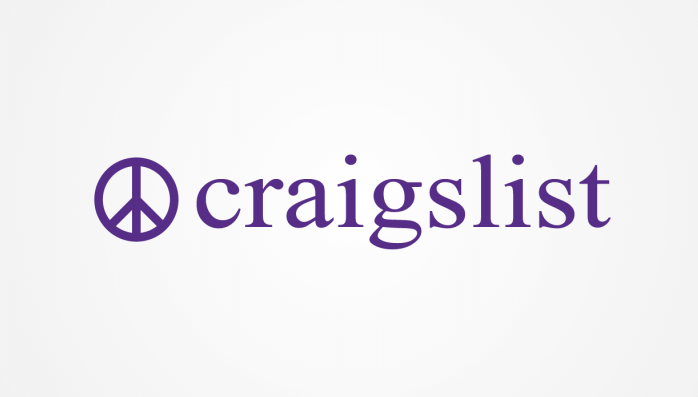In this guide, you’ll learn about a brief comparison between Patreon vs Ko-Fi. Whether you are a YouTuber, blogger, artist, or a gamer, the thing that is quite common between all your creative minds is making a living online. You sell products, run ads, and accept donations from your viewers, readers, and fans for your work. In the previous article, we clear the differences between Patreon vs Paypal, and some of you to ask us about Ko-fi. Come let’s take a look:
Jack Conte started Patreon. He is a musician who wants a platform to earn money from YouTube videos. While YouTube provides a partner program that is used by lots of professional YouTubers, Patreon offers an extra revenue stream.
Ko-Fi on the other hand has a similar story where a person Nigel Pickles thank a creator who helped him with a project.
The goal of both services is to get money from your fans, but they both offer various features for supporters or creators alike.
Contents
Difference: Patreon vs Ko-Fi

Platforms
If you are a content writer or blogger, then there is a high chance that you are using WordPress. Or else if you are a vlogger, then YouTube would be high on your list. And if you are an (android or iOS) app developer. Patreon support all the popular platforms with customized scripts or plugins that you can use out-of-box.
Patreon has a build-in app directory where you can find many popular platforms listed. It includes Discord bots, MailChimp lists, and also Google Sheets. It makes Patreon easy to use across the board, and you can get money from your patrons pretty much everywhere.
Ko-Fi has no API to offer it means you can’t add Ko-Fi everywhere. Ko-Fi is not developer-friendly. Rather than, they offer JS powered buttons that you should add to your pages or websites. There is support for Twitter, WordPress, Facebook, and YouTube but that’s it. You want to create a free Ko-fi page that you can share through the direct link, or simply by embedding the button code on your site. The absence of API is something that scares the app or web developers away in my opinion.
Patreon takes the lead when you talk about mobile apps. Well, it’s a dedicated app for both the iOS or Android platforms so that you can view and organize your subscriptions and projects on the go. Ko-Fi, while writing this guide, has no mobile application to offer which is limiting.
Patreon VS Ko-Fi: Fees
Both Ko-Fi or Patreon uses PayPal to process payments from your patron’s account to your Creator’s Balance account. Patreon batches these transactions to limit the total fees paid by a patron.
Just put, lots of patrons paying small amounts and it lead to a maximum processing fee and few patrons paying higher amounts will lead to the least processing fee.
Make sure that Patreon only encourages or allows the subscription version meaning you can’t accept one-time donations and tips.
PayPal is expensive also it charges fees that are based on where you live. In the US, you should pay 2.9%+$0.30 per transaction charges. Unfortunately, currency conversion charges are a discussion of debate as you always get 2-3% lower than market rates after using PayPal. There is a fixed fee of $1 charged if you get payments in foreign currency. After using PayPal Payments Pro or Virtual Terminal to handle subscriptions then you should pay an extra $10/month.
You should pay Patreon 5% of any amount that has been guaranteed to you. Also, we are talking about the complete monthly amount here. If you want to withdraw the cash using Patreon to PayPal account. Then for direct deposit, you will be charged $0.25 that is only available in the US. International users use PayPal which costs $0.25 or 1% for the total amount using an upper limit of $20 per deposit.
Ko-Fi is totally free. As it means you don’t need to pay them anything for making your page and gather money from followers or fans. Remember that Ko-Fi uses PayPal to easily process payments so that their charges are separate.
Features
While platform integration or fee structure matters, they are not the only thing that matters while deciding a platform to launch a business. Modifying platforms whenever your business has taken off can be annoying and in some situations, impossible. Imagine having to ask all your followers or fans to modify subscriptions and adopt the new version?
After using Patreon, you can create content or posts that can be visible to your paying members or to everyone in general. Patreon also offers creators a way to reward their fans or followers with exclusive content hidden behind the paywall.
Patreon also provides a community page where subscribers or supporters can interact with the creator, ask questions, and provide feedback. On the other side, your whole business model depends on a single source – Patreon. If something happens to Patreon or should they make modifications that are not in your best interests.
After creating different levels of content then Patreon is very comfortable for you. Also, there is an incentive for those fans who step up to the other tier and pay more in the subscription. But on the other hand in Ko-Fi, there is no incentive so that you can easily create the content of a constant level.
Patreon has a small number of fake fans or followers. Let me explain. Patrons, or fans, pledge money for 1 month and then take access to all the content on the page. They then move ahead and then cancel the pledged money. While the freeloader’s percentage is very small, it still exists as noted by many creators.
What’s More?
Patreon can’t accept tips such as Ko-Fi. Patreon also looks to have a larger userbase which is a benefit as it provides you a marketplace to showcase the content. However, Patreon wants a commitment that you’ll produce a few amounts of content every month based on your rewards or tier.
Both Ko-Fi or Patreon allows you to communicate or interact with your followers, build a community, and engaged them.
Summarize:
Both Ko-Fi or Patreon provides some features that are identical in nature and some that are not. Patreon has a larger userbase, supports more platforms, is more suitable for subscription payments with tiers and rewards. That said, it is not only expensive at 5% cut, but will also show ads.
Ko-Fi is flexible and supports both one-time and subscription payments but without rewards or tiers. You can also create content in the Gold plan. Ko-Fi is totally free to use if you like to receive one-time payments in terms of tips and the Gold plan is only $6/month.
Conclusion:
At last, both of them offer a technique to monetize your supporters and act as a supplemental source of income besides primary. Also, there are creators examples who are making a living solely on the strength of their supporters on a single platform but they are few. Some creators have a YouTube channel, a site, a blog, or other platforms where they had fans and wanted an extra method to make some money. For further queries and questions let us know below!
Also Read:






